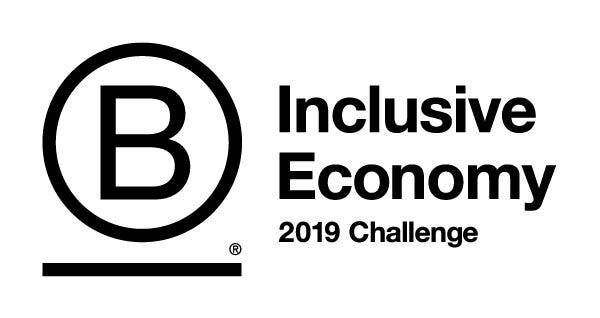Why It’s Vital to Review the Workplace Foundation Before Effective Diversity and Inclusion Work Can Begin

Last year, when our team sat down to review our Inclusive Economy Challenge goals and metrics, an employee posed an honest yet blunt question: How does TMI—a diversity, equity and inclusion consulting firm—become more inclusive and offer more to the community, when this is what we do every single day? There was a moment of reflection before it struck us: The Inclusive Economy Challenge wasn’t just about our firm’s goals. It was also about innovating to find new and unique service offerings to support customers struggling to meet their equity and inclusion goals.
In the subsequent weeks, our team continued the conversation by considering what we see clients do that causes diversity and inclusion (D&I) initiatives to fail, and how we as a Certified B Corporation can work to establish a service line to assist with this need. The answer was almost immediately clear: Most failed D&I initiatives were the result of the client investing in an inclusion initiative before the company is foundationally ready. A program will never succeed in creating opportunities for people of all backgrounds and experiences to work with dignity, and to feel included, if the policies and the core structure of the organization have never been audited through a holistic and inclusive lens. Structural inclusion must exist in advance for any diversity, equity and inclusion programming to be successful.

An inclusive economy is one that creates opportunity for all people of all backgrounds and experiences to live with dignity, to support themselves and their families, and to make a contribution to their communities. Access free resources from B Lab to build a more inclusive economy through your business.
What Is Structural Inclusion?
Structural inclusion means looking at making long-term structural changes rather than investing in tactical short D&I wins. When organizations talk about their diversity and inclusion programs, they are almost always referring to training, hiring and recruiting practices, or compliance. Rarely does the importance of structural inclusion come up in the early stages of a D&I initiative. However, the structural inclusion of an organization’s policies, and the extent to which inclusion exists from an administrative and human resources perspective, are among the foundational basics for any successful D&I initiative. This is best illustrated with an example.

In recent years, a large company contacted TMI Consulting to request support with its D&I initiative. The initiative was viewed as having had little impact, and the company’s leaders were frustrated. Hundreds of thousands of dollars had been invested in new pipeline initiatives, surveys and trainings. Yet after all that work, the engagement survey still showed experience gaps. Women, for example, were still having a bad experience in comparison to their male counterparts. Why? We quickly learned that the organization didn’t assess its structure. The company focused on small tactical moves (i.e. training, recruitment, etc.) but never accessed its policies and ingrained norms.
TMI worked with the company to deploy an audit of its handbook, policies, committee structures, webpages and similar resources, and quickly learned that the organization had no maternity leave policy. Everything from the organization’s dress code to its job postings to its committee selection process was unintentionally un-inclusive.
Never once did it occur to the organization’s leaders, likely because of the company’s size, that they needed to first establish a work environment that can accommodate inclusion before investing in a diversity and inclusion program. If the foundation is not in place, the vision will fail. And that is exactly what was happening.
A Foundational Approach
New laws have recently shed additional insights into how companies are handling policy audits within the D&I space. The U.S. Equal Employment Opportunity Commission has reported that some policies are being rewritten to unintentionally alienate the majority party to make amends for previous language. This is a trap we at TMI have also seen, and it is a fast way to lose a lawsuit.
An example can be seen in simple things like dress code. In recent years, many companies are doing a great job of removing gender stereotypes from their policies, but they are now dancing into areas of noncompliance. Example: “Women can wear skirts, but men must wear pants.” Why can women show their legs and men can’t? This seems silly, but think of the implications in the long term.
Our firm, in collaboration with our sister company, Loom Technologies, recently launched a new DEI Audit tool for clients. The goal is to assist our clients in the early phases of a D&I initiative by reviewing the organization’s level of structural inclusion and D&I readiness. The audit is not compliance-based but provides a necessary step in creating a long-term and sustainable D&I initiative. This tool was born much from the conversations had during our Inclusive Economy Planning Team’s first meeting.
And as each of our fellow B Corps continue to set goals and metrics, I encourage them to look first at their structure before investing in long-term D&I programming. Your strategy starts with your foundation.
B the Change gathers and shares the voices from within the movement of people using business as a force for good and the community of Certified B Corporations. The opinions expressed do not necessarily reflect those of the nonprofit B Lab.

Structural Inclusion: What It Means and Why It Matters was originally published in B the Change on Medium, where people are continuing the conversation by highlighting and responding to this story.